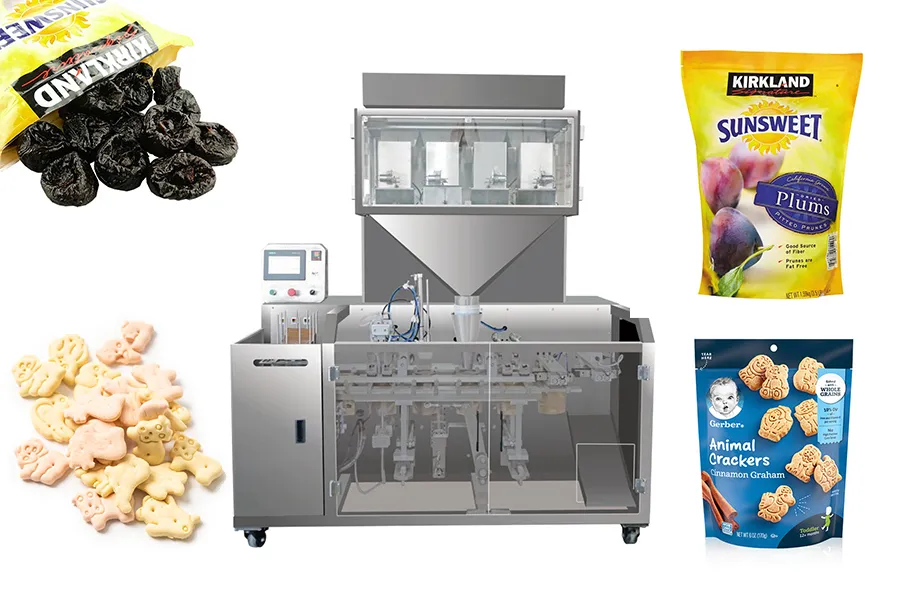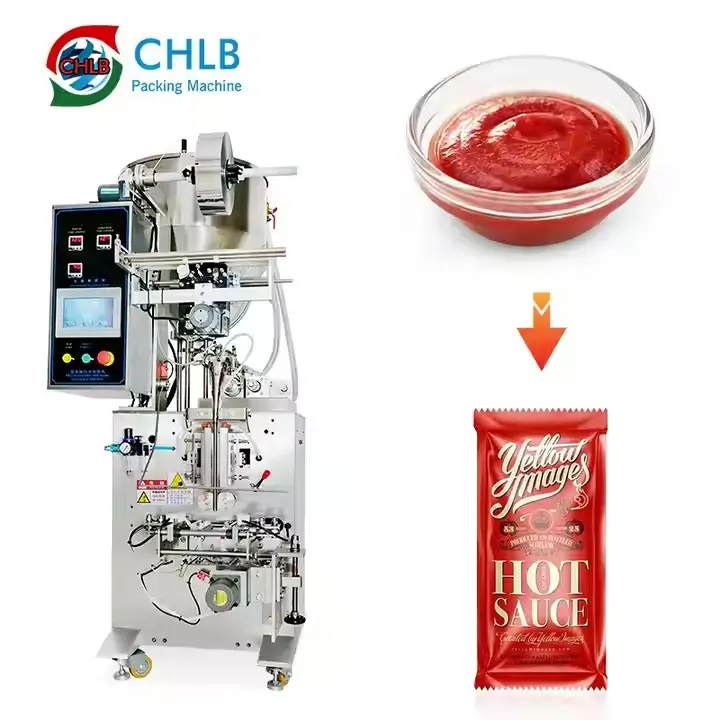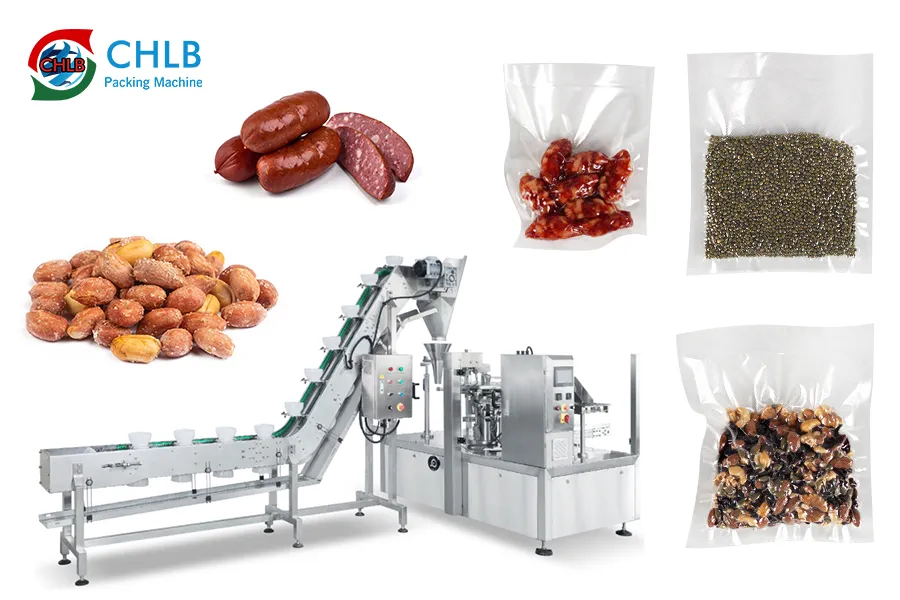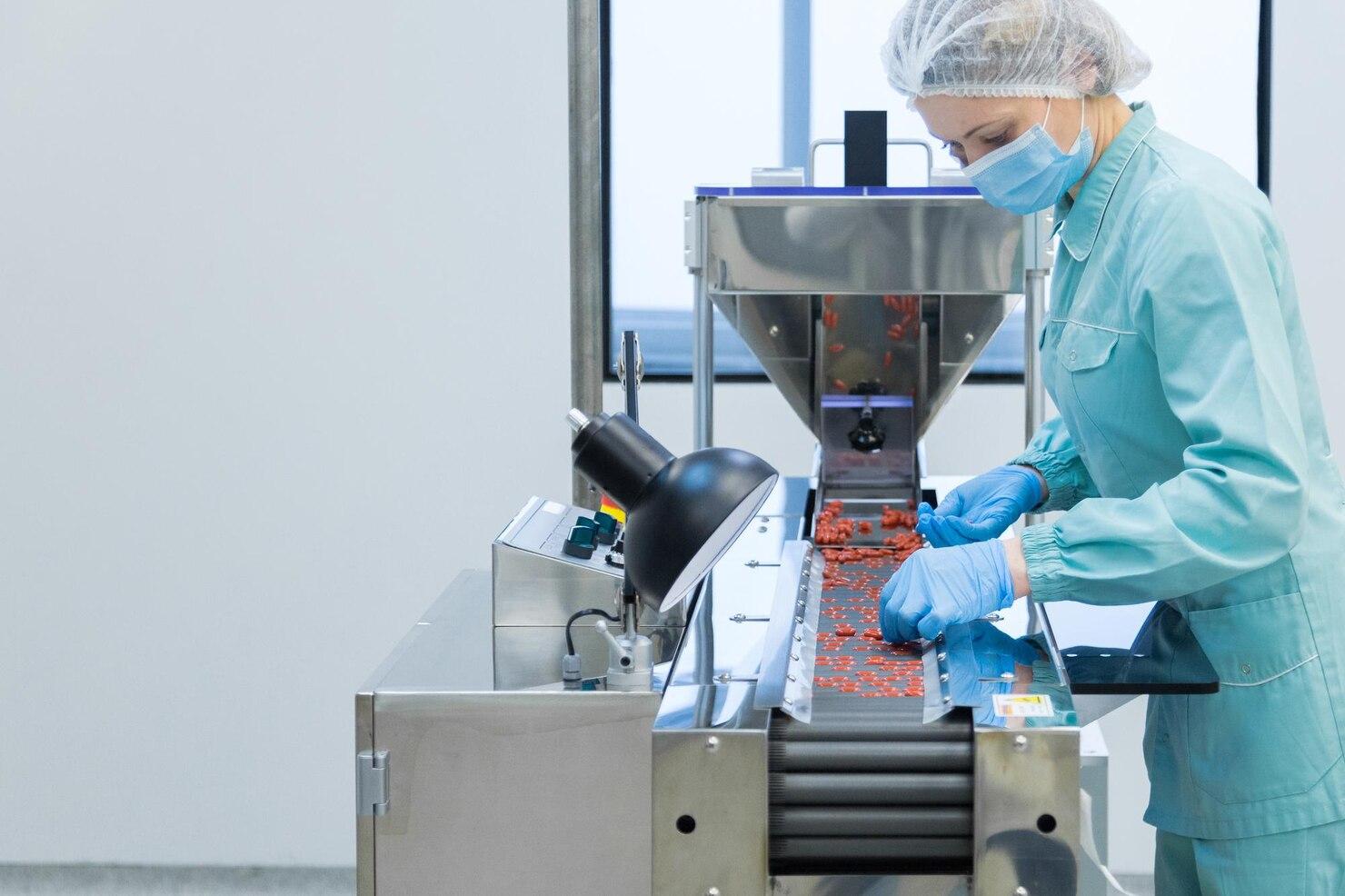In today’s fast-paced food industry, packaging is much more than just a simple wrapper for your favorite snacks. It’s a crucial part of the journey from farm to table, playing an essential role in keeping food fresh, seguro, and appealing. Packaging doesn’t just protect what’s inside; it tells a story, shares vital information, and helps brands connect with consumers. En este blog, let’s dive into why food packaging is important and how it impacts everything we eat.
What Is Food Packaging?
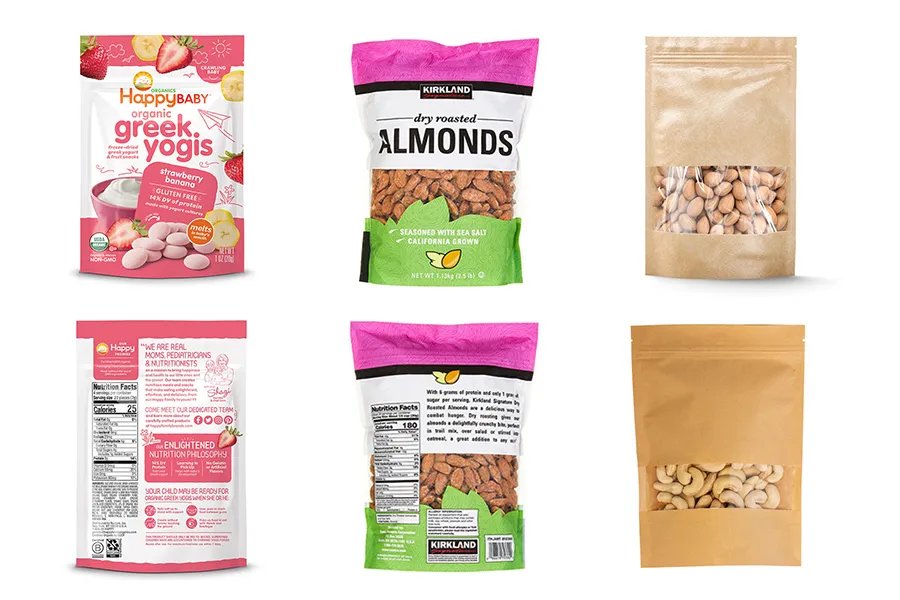
Food packaging encompasses all materials used to wrap, contain, and protect food products from the point of production to the point of consumption. It includes various types of materials, such as glass, metal, papel, and plastics, each tailored to suit different types of food. The primary function of packaging is to ensure the integrity of food products, safeguarding them from contamination and damage.
Importance of Food Packaging in Industry
The significance of food packaging in the food industry cannot be overstated. It addresses several critical aspects that are essential for both producers and consumers. Now let’s delve 5 importance of food packaging.
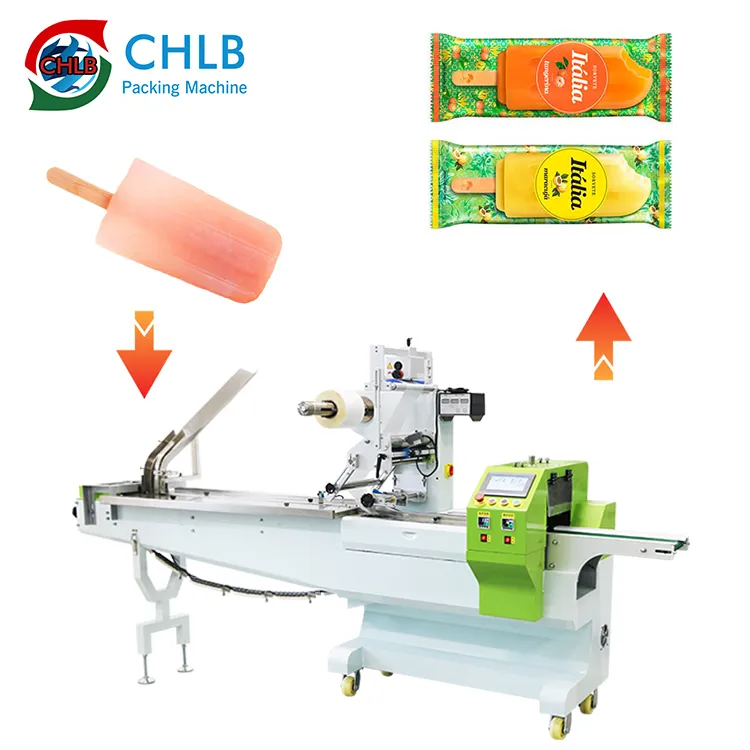
Preservation of Food Freshness
Preserving the freshness of food is paramount for consumer satisfaction and health. Packaging acts as a barrier against environmental factors that can lead to spoilage. Por ejemplo, vacuum-sealed packages prevent oxygen from entering, thereby reducing oxidation and extending the shelf life of perishable goods. Advanced packaging technologies, such as modified atmosphere packaging (MAPA), manipulate the atmosphere within the package to inhibit microbial growth, keeping food fresh for longer periods.
Protection From External Factors
External factors such as moisture, luz, and temperature can significantly affect food quality. Effective packaging shields food from these elements, maintaining its nutritional value and sensory attributes. Por ejemplo, opaque packaging protects light-sensitive foods from degradation, while insulated containers keep frozen items at optimal temperatures during transit. By providing this protective barrier, packaging ensures that food reaches consumers in its best possible condition.
Marketing and Branding
Packaging serves as a silent salesman on the supermarket shelf. It is a crucial element in marketing and branding strategies, offering a visual representation of a product’s identity. Eye-catching designs, vibrant colors, and clear labels attract consumers’ attention and convey important brand messages. Más allá de la estética, packaging also communicates brand values, such as sustainability and quality, influencing purchasing decisions and building brand loyalty.
Food Information
Packaging is a vital conduit for conveying essential information to consumers. Labels provide nutritional information, ingredients, and allergen warnings, helping consumers make informed choices about their food. Además, packaging often includes preparation instructions, storage guidelines, y fechas de vencimiento, ensuring that consumers handle and consume products safely and correctly. This transparency fosters trust between consumers and food producers.
Convenient for Consumer
Convenience is a significant factor in consumer purchasing decisions. Packaging that is easy to open, resellable, and portable enhances the user experience. Single-serve packages cater to the growing demand for on-the-go consumption, while resealable options help maintain freshness after opening. Innovative packaging solutions, such as microwaveable containers, also add convenience by simplifying food preparation processes. By prioritizing convenience, packaging meets the evolving needs of modern consumers.
Challenges in Food Packaging
While food packaging offers numerous benefits, it also presents several challenges that the industry must navigate to ensure sustainability and efficiency.
Food Waste and Sustainability
The environmental impact of packaging materials is a pressing concern. Single-use plastics and non-recyclable materials contribute to pollution and waste, prompting a push for more sustainable alternatives. The challenge lies in developing packaging that is both eco-friendly and effective at preserving food quality. Innovations in biodegradable materials, compostable packaging, and recycling programs are essential steps towards reducing the environmental footprint of the food packaging industry.
Cost and Efficiency
Balancing cost and efficiency is another critical challenge. High-quality packaging materials and advanced technologies can be expensive, impacting the overall cost of food products. The industry must strive to find cost-effective solutions that do not compromise on quality. Streamlining packaging processes, optimizing material usage, and investing in automated systems can enhance efficiency, reducing costs while maintaining high standards of food protection.
Shelf Life and Storage
Extending the shelf life of food products is crucial for minimizing waste and ensuring food security. Packaging plays a vital role in achieving this, but it requires a deep understanding of the interactions between food and packaging materials. Innovations in active packaging, which incorporates substances that absorb oxygen or emit preservatives, are advancing the ability to extend shelf life. Sin embargo, these technologies must be carefully balanced to avoid unintended effects on food safety and quality.
How to Ensure Food Safety for Food Industry
Ensuring food safety through packaging involves meticulous planning and the use of advanced technologies. One key aspect is the implementation of state-of-the-art food packaging machines. These machines are designed to meet stringent hygiene standards, reducing the risk of contamination during the packaging process. They can be customized to handle various types of packaging materials and food products, ensuring flexibility and efficiency.
Automated packaging systems enhance precision and consistency, minimizing human error and ensuring that each package is properly sealed and labeled. Además, these machines often include features such as metal detectors and X-ray systems to identify and remove contaminants, further safeguarding food safety. By investing in advanced packaging machinery, food producers can ensure that their products meet the highest safety standards.
Conclusión
In the ever-evolving food industry, packaging is an indispensable component that extends far beyond its basic function of containing food. It preserves freshness, protects against external factors, supports marketing efforts, provides crucial information, and enhances convenience for consumers. Despite the challenges of sustainability, costo, and shelf life, the industry is continually innovating to address these issues. By prioritizing advanced packaging solutions and technologies, food producers can ensure the safety, calidad, and appeal of their products, meeting the demands of today’s discerning consumers.

